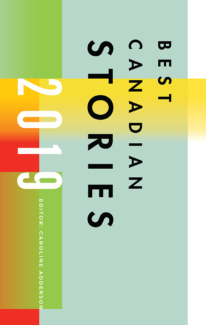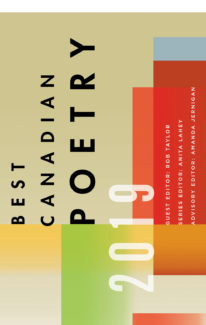Our Day with the Book Fairies
On Wednesday we tried something new! We partnered with the Book Fairies to hide copies of Pauline Holdstock’s new novel, Here I Am! across North America.
Here I Am! is about a little boy named Frankie who runs away from home and stows away on a ship when his mother dies and he doesn’t know what to do. We thought this was the perfect book to use in a continent-wide treasure hunt using the hashtags #WheresFrankie and #FindFrankie. We even joined in the fun and hid some copies around Windsor!
Buy your copy of Here I Am! now.
Check out the Book Fairies’ blog post.

“You will find that this high-seas adventure is one of the most absorbing books of the year. I loved every moment. Oh! I almost forgot to tell you: This book might remind you of past favorites, but it will be one that you won’t soon forget.”
—Shannon Alden, Literati Bookstore (Ann Arbor, MI)
“This captivating novel will surely draw comparisons to Emma Donoghue’s Room and Mark Haddon’s Curious Incident of the Dog in the Night-time, and it should; it’s every bit as good as those wonderful books, but in no way imitative. The young narrator’s voice is his own, the story is guaranteed to hook the reader immediately, and the characters’ lively humanity makes Here I Am! a delightfully satisfying read. Very highly recommended!”
—Carol Schneck Varne, Schuler Books (Grand Rapids, MI)
“A highly intelligent six-year-old who has difficulty communicating tries repeatedly, and unsuccessfully, to tell a dullard, dismissive teacher that his mother is dead. Desperate to be heard, Frankie sneaks onto a cruise ship that he thinks will take him to his traveling father. Oops, wrong ship. But Frankie finds a kindred soul or two in a world where so few people seem capable of listening. Like me, you might find your own attentiveness enhanced by this big-hearted story.”
—Kay Wosewick, Boswell Book Company (Milwaukee, WI)
“When new books constantly fight for my attention, it takes something special to be distinct. Pauline Holdstock has achieved this miracle. The narrative voice of 6 year old Frankie is what makes this a stand out. Frankie has the naivete of the narrator in ONLY CHILD by Rhiannon Navin, combined with the interesting perspective of a boy on the spectrum like THE CURIOUS INCIDENT OF THE DOG IN THE NIGHTIME. When Frankie’s mother dies, he is thrust into a situation beyond his comprehension, and into a world that fails to understand him. Frankie’s journey is a stunning tribute to perseverance and will melt your heart. HERE I AM! is a captivating winner.”
—Pamela Klinger-Horn, Excelsior Bay Books (Excelsior, MN)
“Put down what you are reading and pick up Here I Am! by Pauline Holdstock and read it! Frankie is 6 and is not a normal child. His teachers and parents don’t know how to deal with him and one day he runs away and ends up on an ocean liner headed for America. His trip, how he gets back, and Frankie himself makes for a fabulous story. I couldn’t put this one down.”
—Beth Carpenter, The Country Bookshop (Southern Pines, NC)
“I adored HERE I AM, and am now frankly pressuring everyone I know to start reading it right this minute so that we can have a love-fest. The story — child stows away on an ocean liner! — is absurd but oddly inevitable in the telling, and the characters are humanely drawn, even the horribly flawed ones. Fans of Eleanor Oliphant will love the clear-eyed pragmatism of our six-year-old hero, who faces the impossible and somehow just keeps going.”
—Christie Olson Day, Gallery Bookshop (Mendocino, CA)
“I LOVE the distinctly written, very British characters who fill out the plotline of Here I Am! The plot unfolds around the discovery of a death, and although the tale is told mostly by a resourceful six year old, short interludes told by adults ground the story in the starkly mundane fact of mortality. The profound beauty, refreshing delight in small things, and stark realities are balanced in a way that creates a riveting, dynamic, and at times very funny read. This book has stayed with me.”
—Kathleen Johnson, Prairie Lights Bookshop (Iowa City, IA)












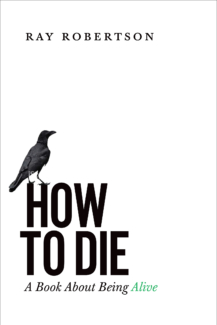





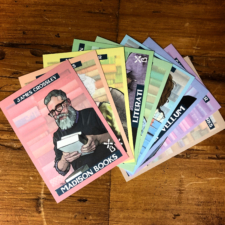 Every year the American Booksellers Association (ABA) puts on a big convention for booksellers to meet one another, talk with publishers, and share tricks of the trade. This year it was in Baltimore, Maryland, and Biblioasis had a blast. Booksellers are pretty much our favourite people in the world, so we are always excited when we get a chance to meet them face to face and share with them the books we’re excited about for the year. We brought with us ARCs for 2020 titles and buttons, as we often do, but this year we made something a little bit different … bookseller trading cards!
Every year the American Booksellers Association (ABA) puts on a big convention for booksellers to meet one another, talk with publishers, and share tricks of the trade. This year it was in Baltimore, Maryland, and Biblioasis had a blast. Booksellers are pretty much our favourite people in the world, so we are always excited when we get a chance to meet them face to face and share with them the books we’re excited about for the year. We brought with us ARCs for 2020 titles and buttons, as we often do, but this year we made something a little bit different … bookseller trading cards!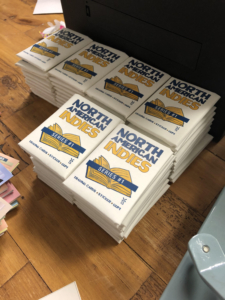
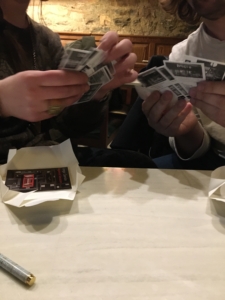
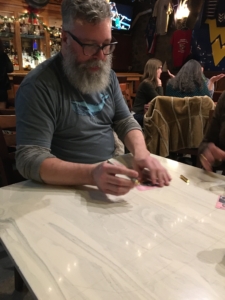
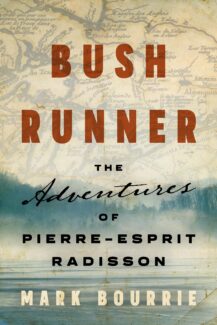
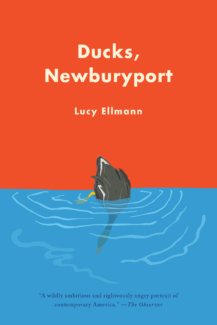
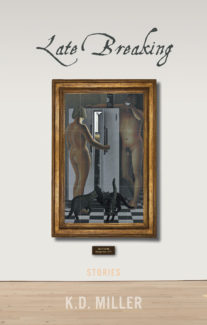
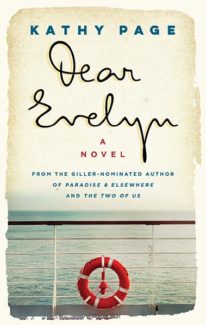
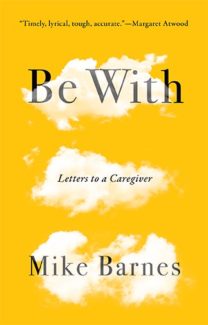
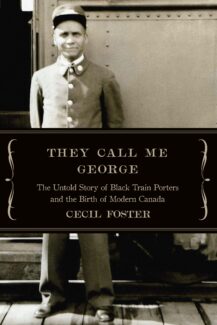
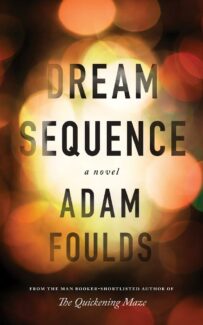 It was super exciting to have TWO titles on the Giller longlist this year, Dream Sequence being one of them. This gorgeously-written novel has been compared to The Great Gatsby by The Times of London. Wall Street Journal said, “The quality of the prose carries the book beyond conventions, as Mr. Foulds is able to conjure, with the unsettling immediacy of a person breathing against your neck, both Henry’s and Kristin’s private fixations and fantasies.”
It was super exciting to have TWO titles on the Giller longlist this year, Dream Sequence being one of them. This gorgeously-written novel has been compared to The Great Gatsby by The Times of London. Wall Street Journal said, “The quality of the prose carries the book beyond conventions, as Mr. Foulds is able to conjure, with the unsettling immediacy of a person breathing against your neck, both Henry’s and Kristin’s private fixations and fantasies.”
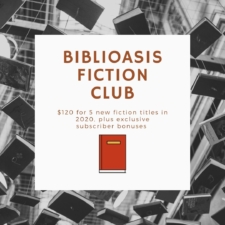
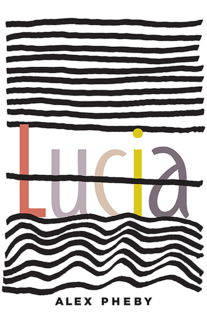
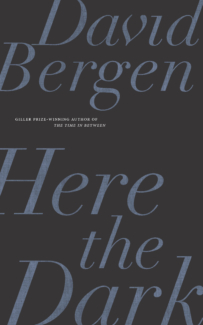
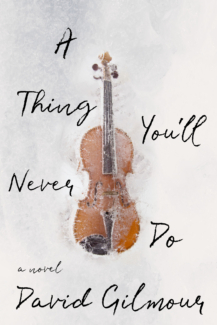

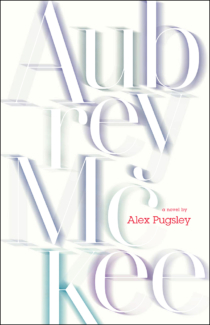

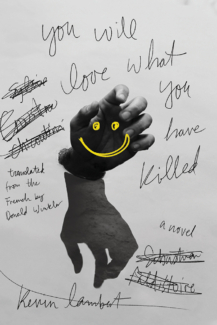
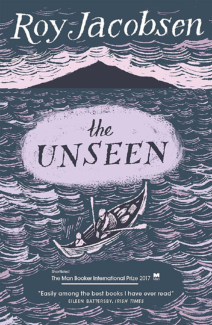
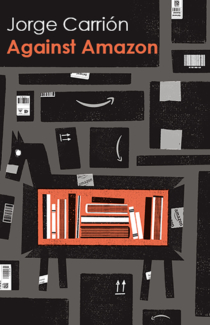
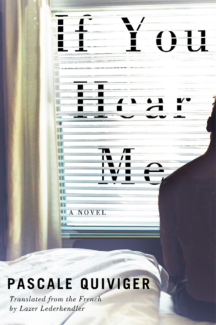
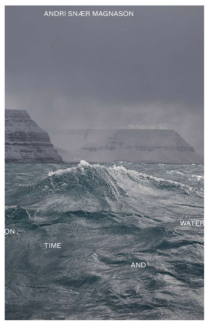
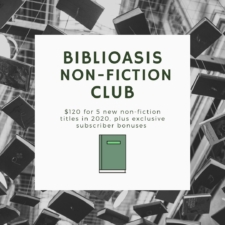
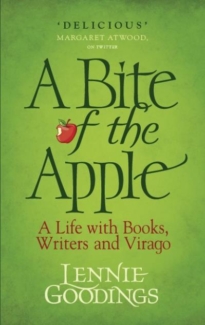

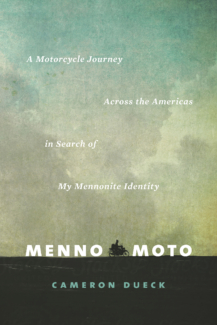
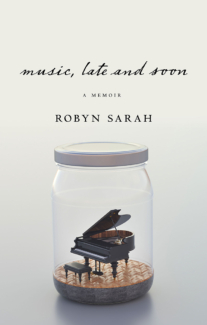

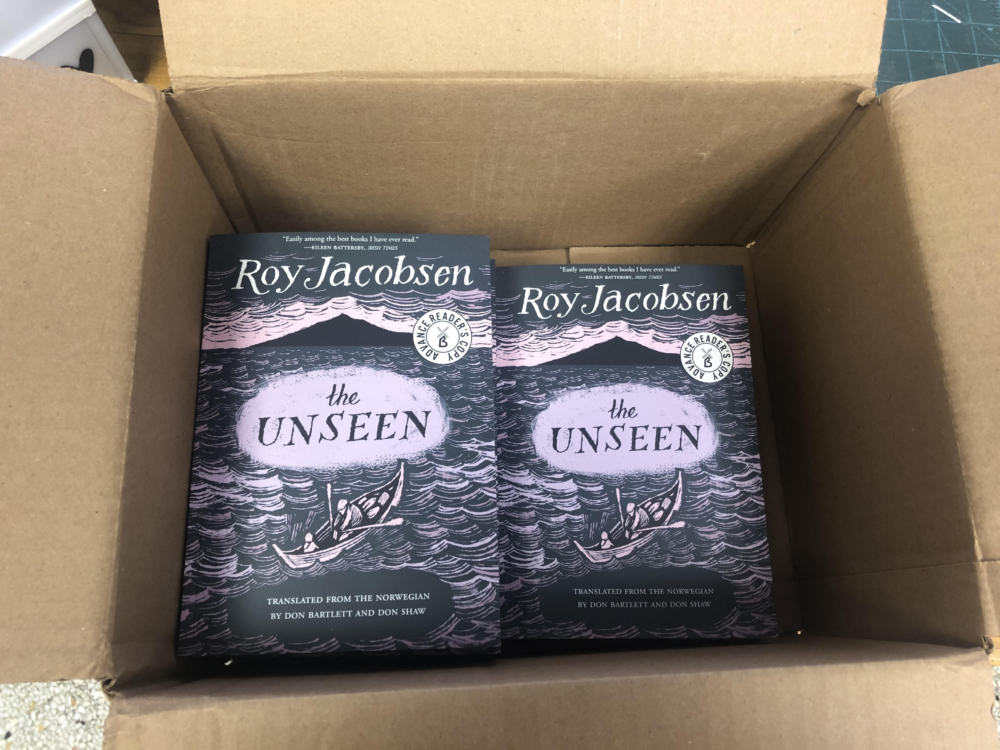
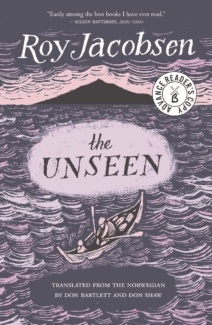
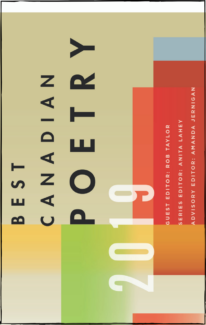
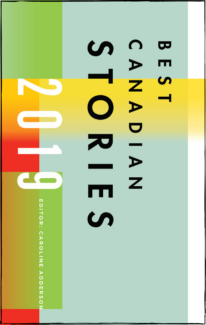 About Best Canadian Stories 2019
About Best Canadian Stories 2019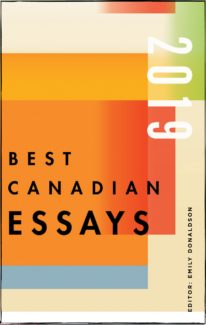 About Best Canadian Essays 2019
About Best Canadian Essays 2019